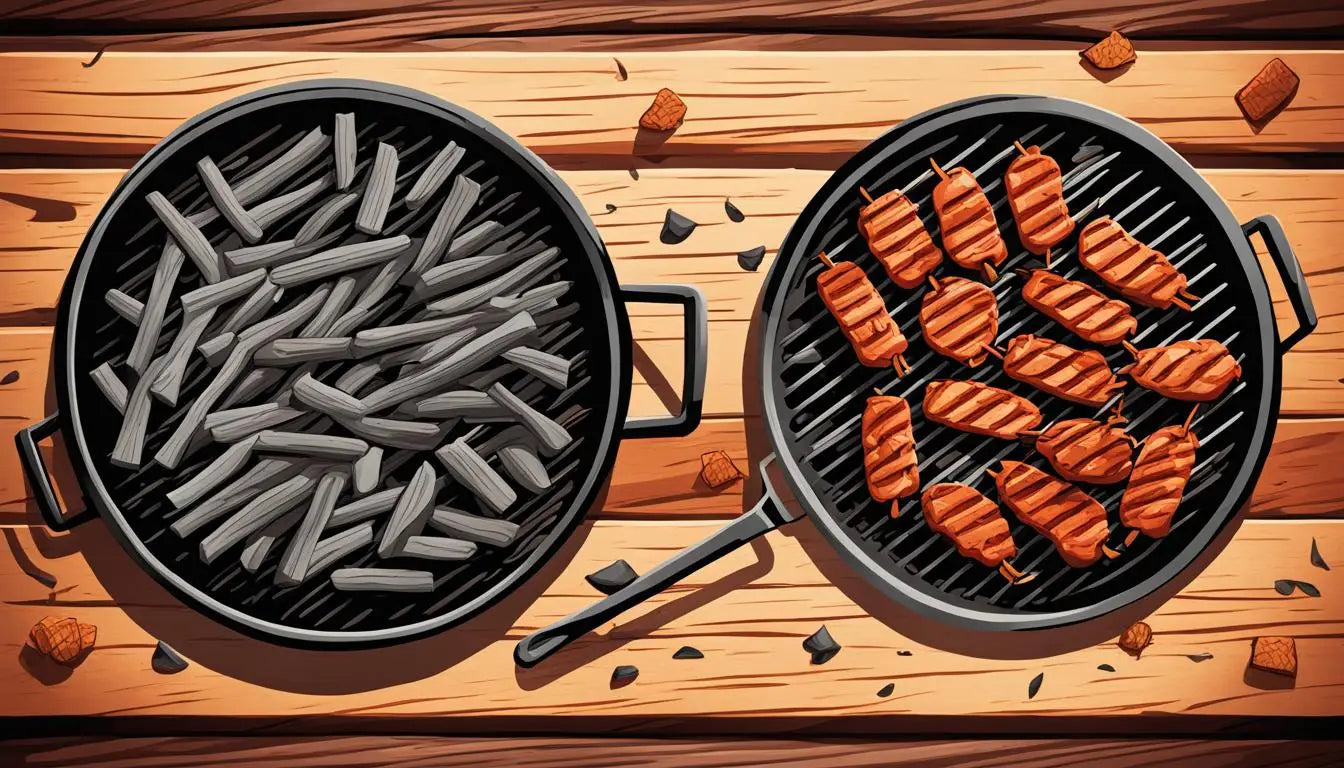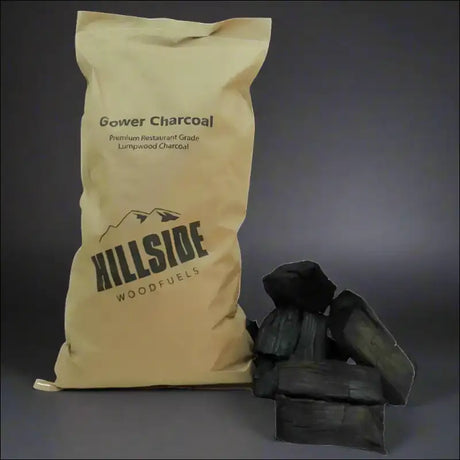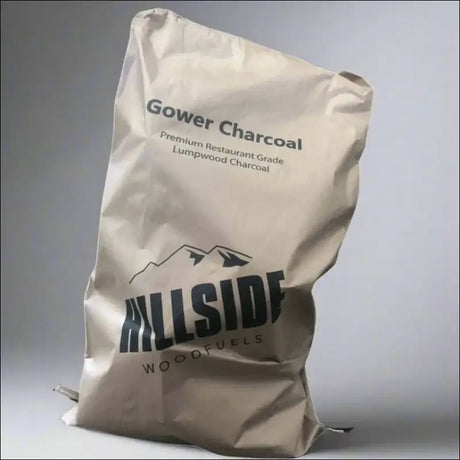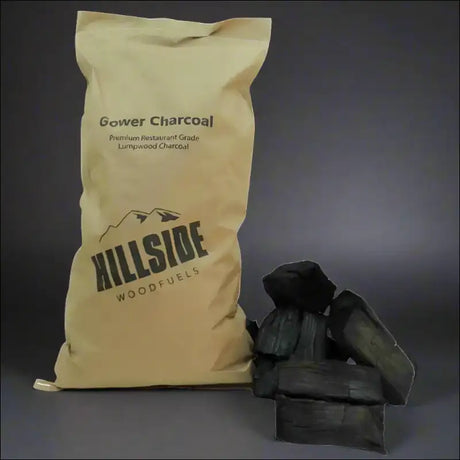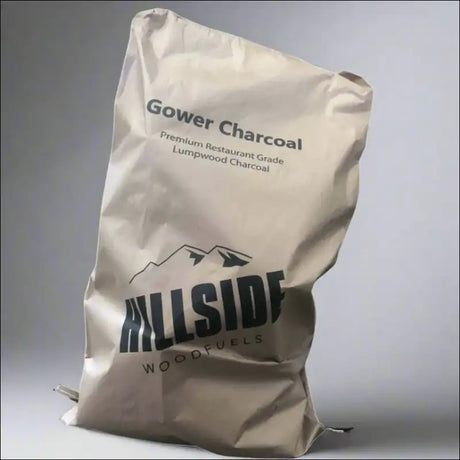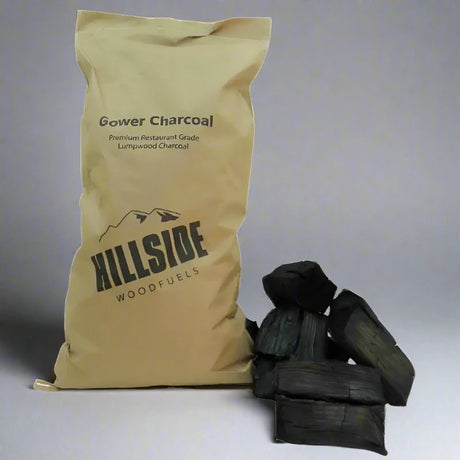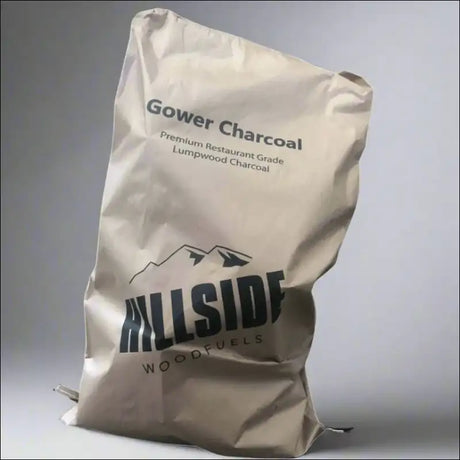"One cannot think well, love well, sleep well, if one has not dined well." These wise words from Virginia Woolf touch the heart of every BBQ lover. The core of BBQ flavor is deeply connected to this idea. It makes us wonder, which gives the better taste, charcoal or wood? This has started many discussions in the great battle of flavours, where the heat is on.
Britain loves its flavours, seeing BBQ as more than cooking, but as an art. This taste test goes beyond simple cooking. It's about understanding what makes a BBQ memorable. So, do you think you can tell apart the smoky flavour of charcoal from the woody notes?
Let's dive into the aromatic world of outdoor cooking, where each fuel adds its special touch. Can the depth of wood hold its own against charcoal's strong flavour? It's time to light up your grills and prepare for a taste test. This contest is between old ways and new innovations in search of the best BBQ flavour.
Setting the Scene: Taste and Aroma in Outdoor Cooking
Outdoor cooking blends taste and aroma into a unique experience. It can turn simple foods into a feast for the senses. For example, the charcoal smoky flavor of grilling adds a special touch to dishes. A study in the Journal of Consumer Research found that complex flavors are more engaging and satisfying.
The Essentials of Flavor: Taste vs Aroma
It's important to know the difference between taste vs aroma. Taste comes from our taste buds, and aroma is what we smell. Combining both creates a dish's overall flavor. Chefs like Rasheed use many ingredients to enhance flavors, making the eating experience more enjoyable. He offers about 200 recipes for those eager to try layering flavors.
Why Charcoal Imparts a Unique Smoky Flavor
The charcoal smoky flavor is key in outdoor cooking. This taste comes from food drippings hitting hot charcoal, which smokes and flavors the dish. Recipes that use smoked ingredients, like Rasheed's, show the impact of choosing the right components for unique tastes.
Guaiacol and Lignin: The Science of Smokiness
Compounds like guaiacol and lignin play a big role in achieving a smoky flavor. Guaiacol gives the smoke its aroma and taste. This comes from the burning of lignin in wood and charcoal. Rasheed uses ingredients like ground anchovy for a salty taste, combining it with smokiness for a unique BBQ flavor.
- Complex flavour compositions lead to greater enjoyment.
- Understanding ingredient's role crucial in layering flavors.
- Chemical components like guaiacol and lignin define smokiness.
- Personalised ingredients for tailored taste profiles in outdoor cooking.
Outdoor cooking is not just about the food, it elevates the entire dining experience. The combination of guaiacol's smoky taste with well-chosen ingredients creates more than a meal. It's about making memories and enjoying the moment.
The Art of Barbecuing with Charcoal
Mastering charcoal barbecuing is like directing a symphony. Every part must work together to create a masterpiece. The magic of charcoal grilling comes from its smoky flavour. This flavour changes simple ingredients into a delightful meal.
First, know your grill. The kettle barbecue is perfect for controlling temperatures. It suits a variety of dishes. The barrel grill is good for large gatherings. It has more space for grilling.
To improve your grilling, use spice rubs. They bring out the best in your meats and vegetables. Spice rubs give you a mix of tastes in every bite.
- Robust spices like cumin and smoked paprika are great for red meats.
- Poultry benefits from thyme, sage, and cinnamon.
- Vegetables are great with basil, lemon zest, and coriander.
Here is a table of spice rubs for different grilled foods:
| Food Type | Recommended Spice Rub | Flavour Notes |
|---|---|---|
| Beef Steak | Bold & Earthy Rub | Deep, smoky, with coffee hints |
| Pork Ribs | Sweet & Spicy Rub | Sweet with a spicy kick |
| Chicken Thighs | Herbaceous & Citrus Rub | Herbal with a refreshing taste |
| Grilled Corn | Chipotle & Lime Rub | Smoky with a zesty edge |
Patience is key with charcoal barbecuing. Wait for the charcoal to be ready before cooking. Adjust the heat by moving the food closer or further from the coals. The marks from charcoal grilling also seal in the flavours.
Always stay vigilant for flare-upsFlare-ups are common and can be dealt with using a spray bottle or by moving the food. To prevent them, trim fat off meat and arrange coal to create zones of heat.

Adding aromatic woods like apple or hickory adds complexity. Just a few chips mixed with the charcoal can enhance your grilling.
Charcoal barbecuing is an enjoyable experience. It combines spice, heat, and timing. Each grilling session is a celebration.
Understanding the Nuances of Wood-Fired Grilling
In exploring the art of wood-fired grilling, we discover a rich tradition. It combines skill and an understanding of how wood influences taste. Knowing the right grilling techniques brings out unique, smoky flavors in the dish.
Navigating Types of Wood for Optimum Flavor Profiles
Every kind of wood adds a distinct flavor to grilled dishes. Choosing wood for grilling is like picking the best wine for a meal. It's crucial to know the flavors various woods bring. For example, oak adds a strong taste while apple wood gives a sweeter smoke.
| Wood Type | Flavor Profile | Ideal Pairing |
|---|---|---|
| Oak | Strong, Traditional Smoke | Beef, Pork |
| Maple | Mild and Slightly Sweet | Poultry, Vegetables |
| Cherry | Fruity and Light | Pork, Poultry |
| Hickory | Rich and Bacon-Like | Ribs, Brisket |
Smoke Infusion: Balancing Heat and Aromatic Release
The process of smoke infusion is about control and timing. It's important to smoke the food just right to enhance its flavors. Managing the heat to let the wood smolder gently ensures that dishes get a delicious smoky taste without burning.
The Appeal of Kiln Dried Wood for Superior Grilling
For barbecue enthusiasts, the type of wood used is key. Kiln dried wood is preferred for its clean, efficient burn. It burns hotter and more consistently, allowing for precise cooking. This means dishes come out perfectly smoked every time.
Charcoal vs Wood Flavor Showdown: Ultimate Taste Test
As the evening arrives and the fires light up, we're at the start of a great food battle. The smells in the air aren't just about food on the fire. They're about an age-old debate of charcoal versus wood. This isn't just about which tastes better. It's a fight to win the heart of those who love to grill.
The Steak Bacon Test: Charcoal’s Defining Moment
The challenge of steak and bacon cooked on the grill marks a key test. This test shows the unique taste mix you get with each type of grill fuel. Fans say that charcoal gives a deep flavor that wood can't quite reach. To explore charcoal grilling further, check out best authentic charcoal barbecues for top choices.
Comparing Flavor Layering in Charcoal and Wood Grilling
How flavors blend together is key to grilling. Charcoal gives intense heat, while wood adds a range of smells. The choice often comes down to personal taste. It depends on what kind of grilling experience you're after, especially during the steak bacon test.
| Feature | Charcoal Grilling | Wood Grilling |
|---|---|---|
| Initial Cost | From £400 | Varies |
| Luxury Models | Can exceed £1000 | Can exceed £1000 |
| Testing Criteria | Value, ease of use, cleaning, results, robustness | Value, ease of use, cleaning, results, robustness |
| Flavor Profile | Deep smoky flavor | Varied aromatic notes |
| Recommended For | Consistency and control | Experimenting with tastes |
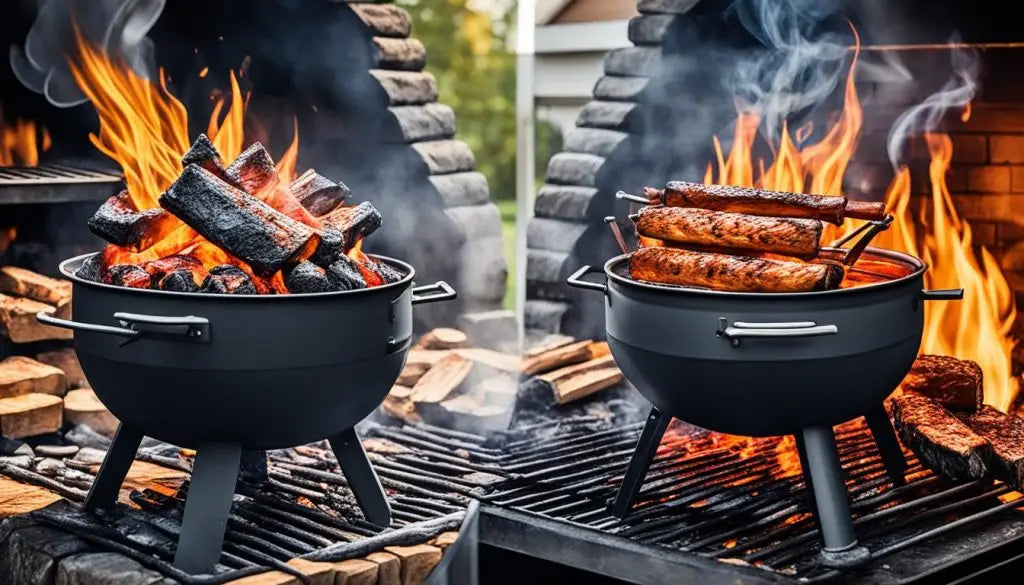
The interest in finding the perfect grill is clear, with many views on this topic. Grilling fans have many options, especially with charcoal grills. Even with a starting price of £400, some go for top models, spending over £1000 for the best flavors.
When considering value, ease, and the joy of cooking, both charcoal and wood grills have their fans. However, the steak bacon test is a crucial trial. It shows how well a grill can layer flavors, proving its worth over time.
Grilling Techniques: Choosing the Best Fuel for Your Barbecue
When you start outdoor grilling, you'll face an important choice. What's the best fuel for barbecue? This decision is influenced by your taste and the flavour you aim to achieve. Your grilling skills are crucial too. Let's explore the benefits and drawbacks of charcoal and wood. This will help you make an informed choice for your barbecue.
| Fuel Type | Pros | Cons |
|---|---|---|
| Charcoal |
|
|
| Wood |
|
|
Mastering grilling techniques is not just about picking a fuel. It's knowing how each choice affects your barbecue. Whether you use charcoal for its heat or wood for its flavour, it's all about skill. Let the scent of the perfect fuel uplift your grilling journey. Here's to achieving barbecue excellence with every cookout.
Conclusion
In the heated discussion about whether charcoal or wood is better for cooking, we've looked into many factors. We've learned how choosing between charcoal and wood affects the taste of food cooked outside. Some people love the strong taste charcoal gives, while others prefer the varied flavours of different woods.
Choosing between charcoal and wood doesn't have a right or wrong answer. It's more about trying both and seeing how they change your cooking. Charcoal is great for a steady smoky taste, but wood can add a range of flavours. Your choice depends on what taste you're aiming for in your barbecued dishes.
For those who enjoy cooking outside, using both charcoal and wood can make your meals special. Taking the time to choose your fuel, like picking the right spices, makes all the difference. Whether you like charcoal or wood, it's the love for grilling that matters most. After all, it's the experience and the taste of the food that count.

